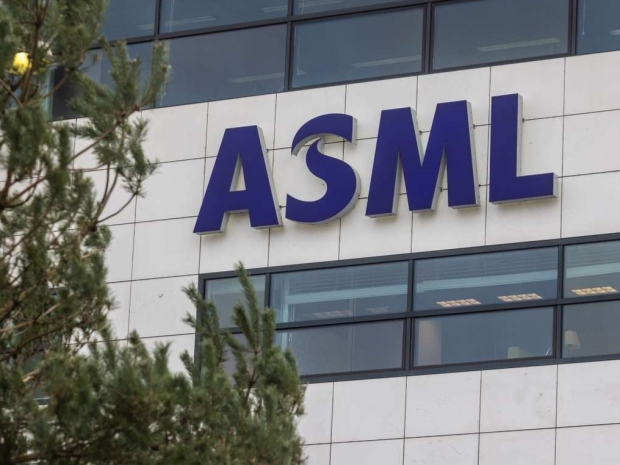ASML is Europe's most valuable technology company and an essential supplier to chipmakers. It has limited competition and should be coining it in. However, doubts have emerged over short-term sales and, for the longer term, whether it can continue to outgrow the overall market.
AMSL’s guidance triggered the biggest selloff in ASML's shares in two decades.
Shares fell by another 4.9 per cent to 635.60 euros on Wednesday. In July, they reached an all-time high above 1,000 euros ($1,088) a share, the peak of a decade-long surge based on ASML's dominance of the market for lithography tools.
After the pandemic leap in demand, ASML said some customers, including the makers of the logic chips used in smartphones, PCs, and other devices, have announced delays in building new plants and upgrading.
Manufacturers that make the memory chips that go into them also plan fewer expansions, meaning they can rely on existing equipment for longer.
ASML did not identify which customers were behind the guidance cut, but analysts looked first at TSMC, which makes AI chips for Nvidia and smartphone chips for Apple.
TSMC has been spending relatively low capex so far this year, and it may do so again next year because its overall (plant) utilisation is not as good as its sales numbers suggest.
Among ASML customers that make logic chips, Intel said in August it would cut capital spending by $10 billion in 2025, while Samsung has said it faces challenges at the factory it is building in Texas.
Roughly a quarter of chipmakers' spending on tools goes to ASML, though some analysts say changes in chipmaking techniques could lower that.
ASML cites two primary factors: the imposition of stricter regulations on the export of tools to China, and Intel's scaled-back expansion plans, notably the postponement of its Fab 29 in Germany to 2029-2030.
Additionally, delays in Samsung Foundry's U.S. fab are noteworthy, though Intel's adjustments will likely significantly impact ASML. The limited expansion of 3D NAND DRAM capacity also contributes to this outlook.
In recent quarters, China has been rapidly constructing and outfitting numerous new fabs, necessitating hundreds of new lithography tools, with ASML securing many of these orders.
Consequently, China has represented approximately half of ASML's revenue in recent quarters. However, as China reduces its purchases of older tools and the U.S. and its allies prepare to enforce stricter export regulations on semiconductor tools to China, ASML anticipates that its business with Chinese entities will constitute merely 20 per cent of its total revenue by 2025.
ASML's Chief Financial Officer, Roger Dassen, suggested that this adjustment marks a return to more historically typical levels.
"We all see that there is speculation around export controls. So, that is a driver for us to take a more cautious view of China sales. So, with that combined, we stated that we believe the China sales for next year will go to, let us say, 20 per cent of our expected sales level for next year."




